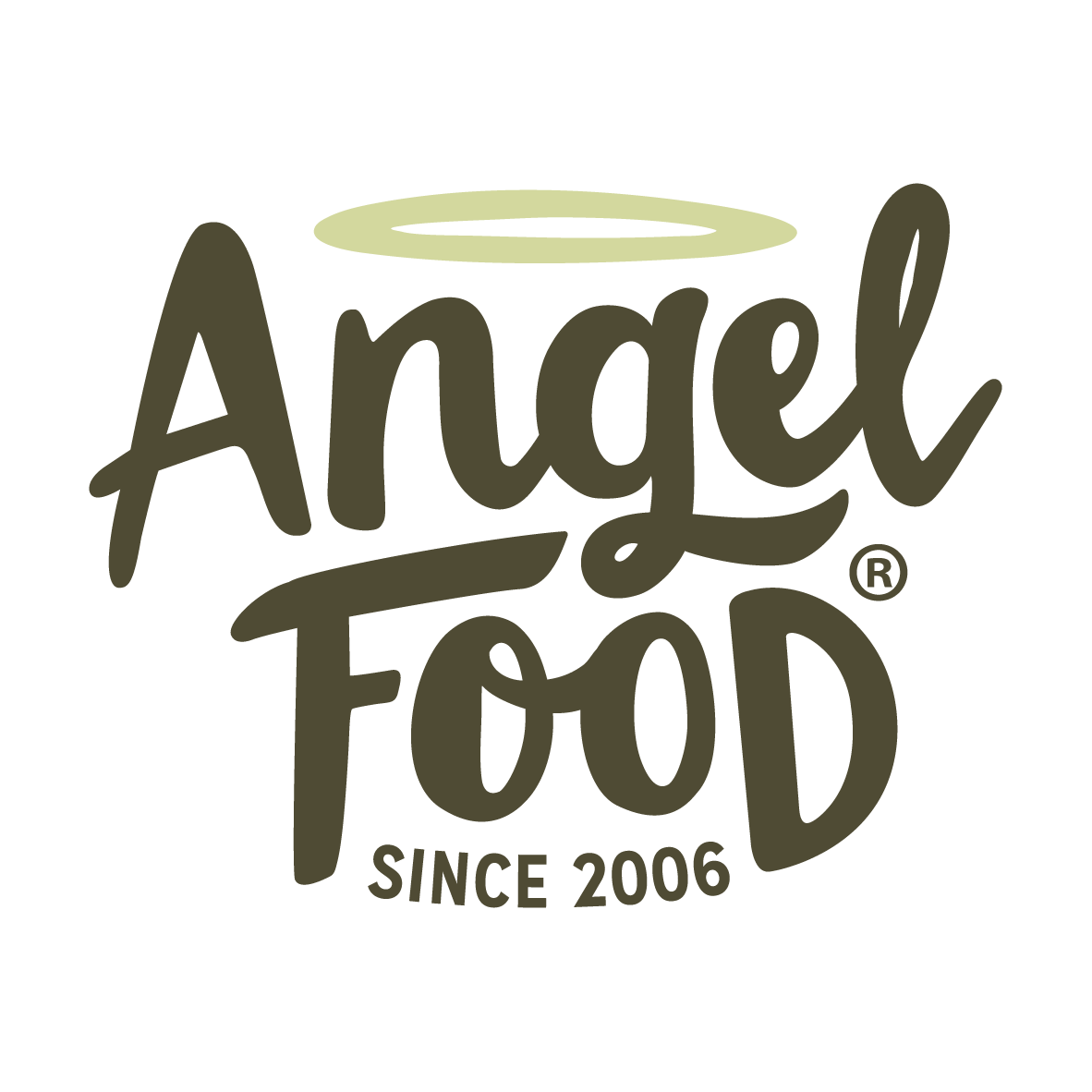What I eat at home
January 27, 2025
By Alice Shopland, founder of Angel Food
I’m marking Veganuary 2025 by publishing a blog post a day.
When my new dentist learned I was vegan, he sighed and said I should reconsider for the sake of my health. He’d mostly met junk food vegans, and when he heard what I actually ate on an average day he revised his opinion of my vegan status. This kind of assumption is common: most people either assume a vegan diet is super-healthy or super-unhealthy. The former they might admire, but neither extreme is something they want to consider adopting themselves. I’m always cautious about making health claims for a vegan diet because you can eat healthily as a vegan or a vegetarian or an omnivore. At the age of 59, I’m generally very healthy and take no medication (apart from a daily multivitamin) but I have no idea how much credit my lifestyle should get for that and how much is down to my genes.
Most of our meals at home are based on vegetables (Colin and I both love a wide variety of vegetables, so that’s no hardship), pulses and wholegrains. We’ll sprinkle some vegan cheese on top, or stir through some vegan yoghurt or sour cream, but the main event is fairly unprocessed. For me, the key is finding the right balance of healthiness and indulgence – that balance will be different for everybody and will likely be different from one day to the next. As I write this, I’ve got beetroot wedges roasting in the oven (I just tossed them with sesame oil, balsamic vinegar and salt) and quinoa (with turmeric) bubbling away in the pressure cooker, and that will shortly be lunch – topped with toasted walnuts, finely chopped spring onions and vegan sour cream. (I'm a recent convert to the joy of the pressure cooker, thanks to Colin: as a child, I found my Mum's old-fashioned pressure cooker terrifying and that sense that it could explode at any time didn't make me want one in my own kitchen. Now I'm a huge fan.)
Meals we regularly eat at home include:
· Nachos (vege mince made with TVP and black beans/kidney beans)
· Lasagne (which was the first meal Colin ever cooked for me, so holds a special place in my heart)
· Spaghetti bolognese (vege mince made with a mix of red and brown lentils)
· Stir-fried tofu and vegetables
· Pasta shells with cashews, celery and Marmite
· ‘Cupboard soup’ (using the classic dry soup mix with pearl barley and legumes)
· ‘Fridge soup’ (using up whatever vegetables are in the fridge)
· ‘Freezer soup’ (a mix of small portions of leftovers from the freezer)
· Roasted pumpkin soup
· Vegetable stew with root vegetables and red lentils
· Chickpea curry
· Nut roast (sometimes wrapped in pastry or cooked in capsicum halves) with roast vegetables and mushroom sauce
Colin and I recently moved from Auckland in Aotearoa New Zealand to Belfast in Northern Ireland, which meant stocking a new kitchen completely from scratch. I have found it very noticeable that preparing food felt a lot more difficult without the ingredients and equipment I’m accustomed to. It was a good reminder to me that we rely on habits, systems and routines to streamline tasks – making changes to those habits and routines is disruptive and requires a lot of energy.
In recent years the global pandemic and extreme weather events have meant empty supermarket shelves – something my parents and grandparents were familiar with in wartime France and England, but not an issue I’ve ever had to deal with before. It brought home the value and privilege of a well-stocked kitchen. For most of Auckland’s Covid lockdown, Colin and I lived in a small remote seaside town – the nearest supermarket was 40 minutes’ drive away and although neither of us is supremely organised we did become proficient at planning our shopping so we only had to shop every couple of weeks. We’re both quite resourceful cooks, so if we ran out of something we would get creative with what we did have on hand.


